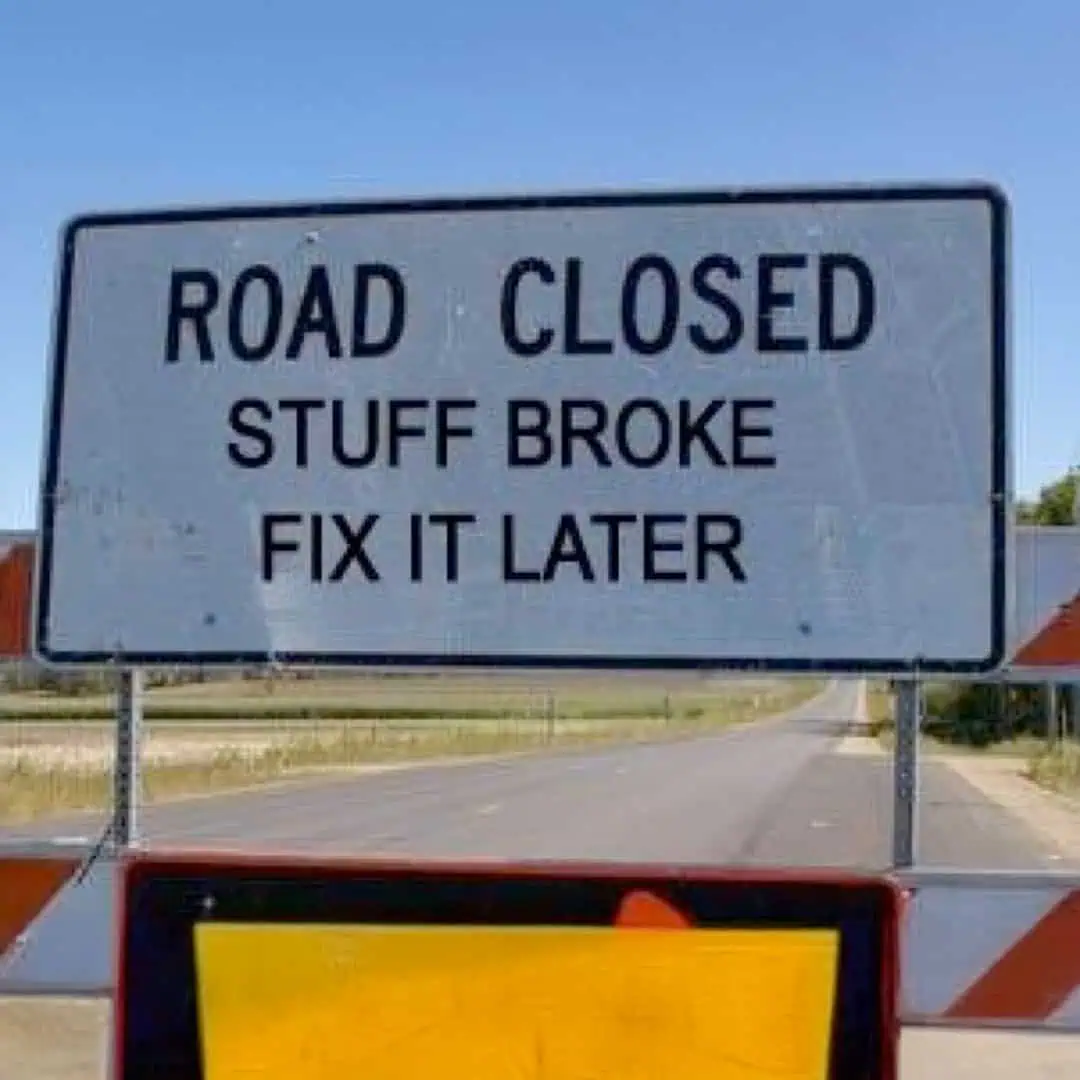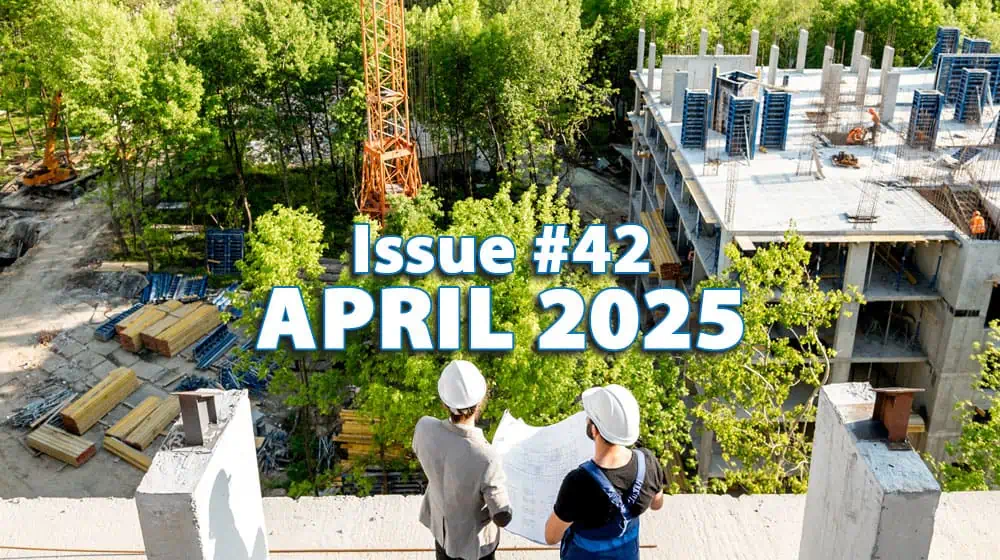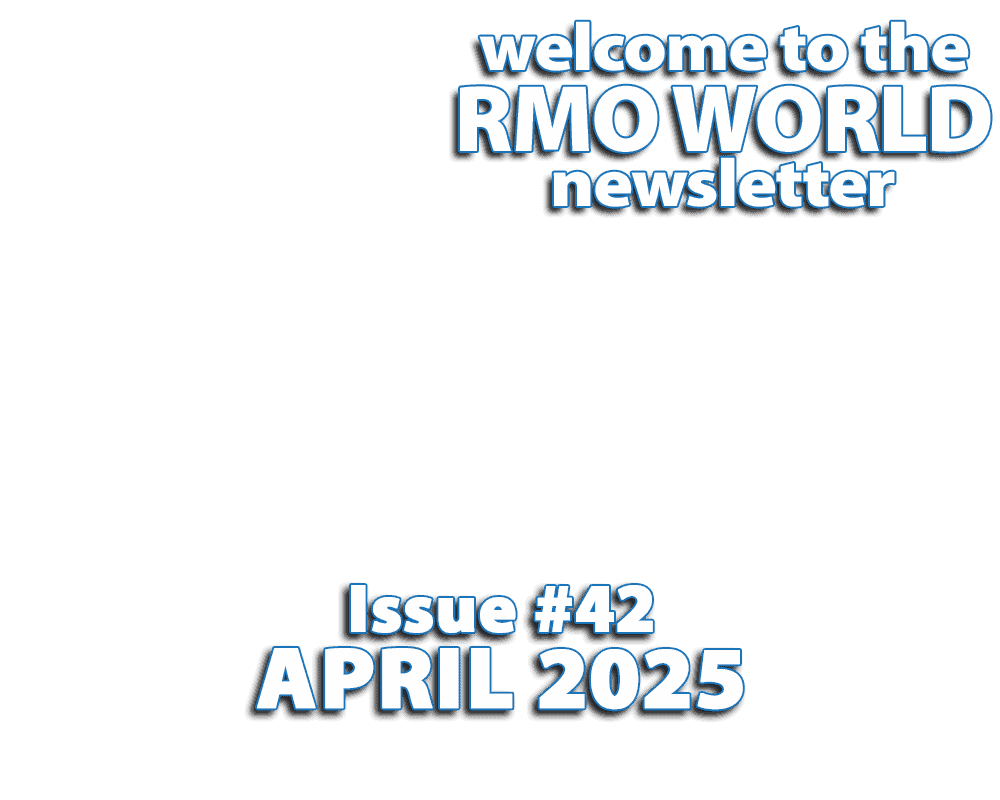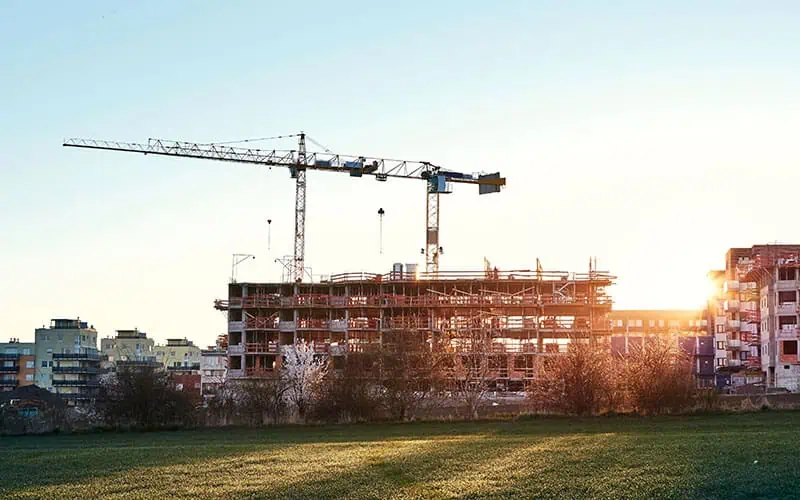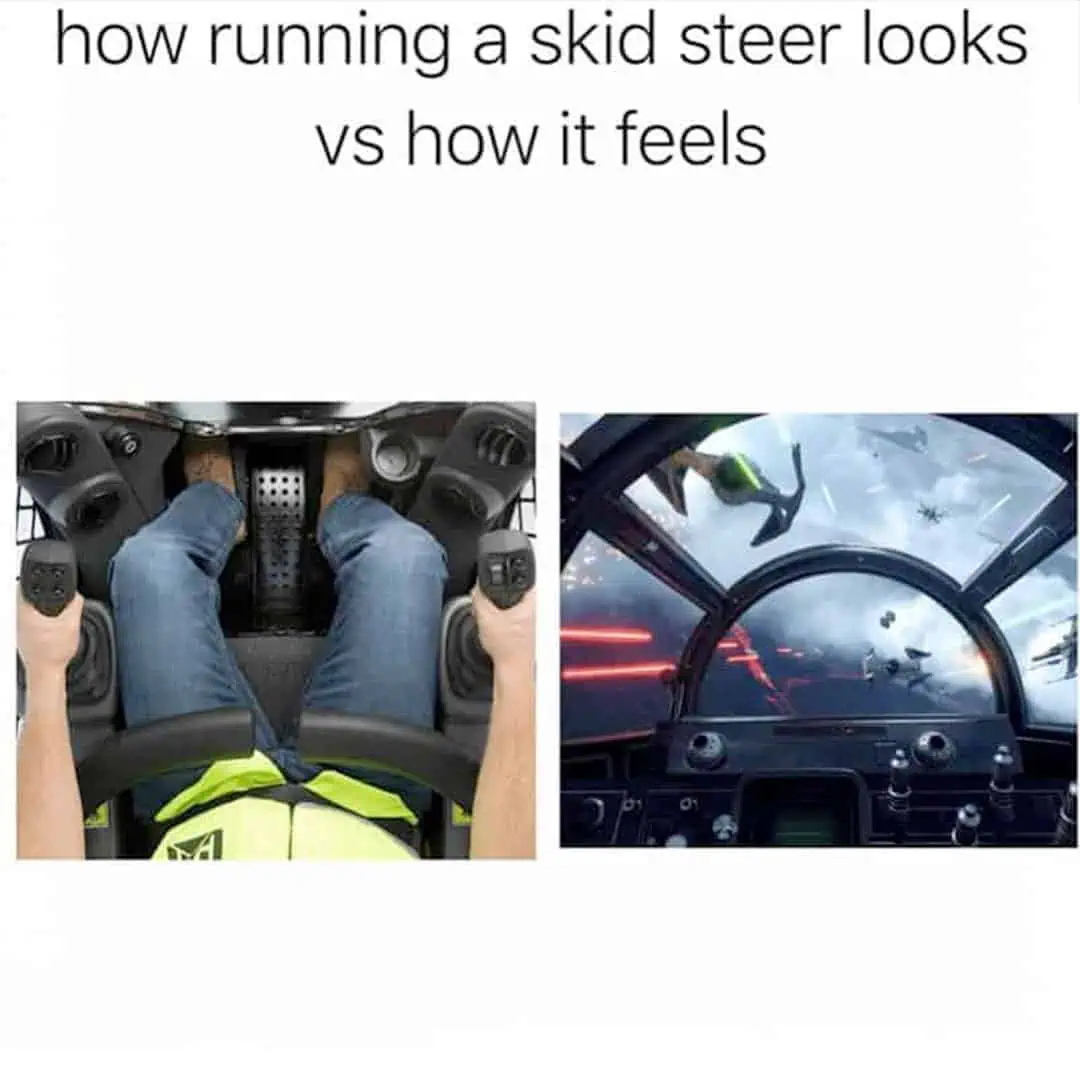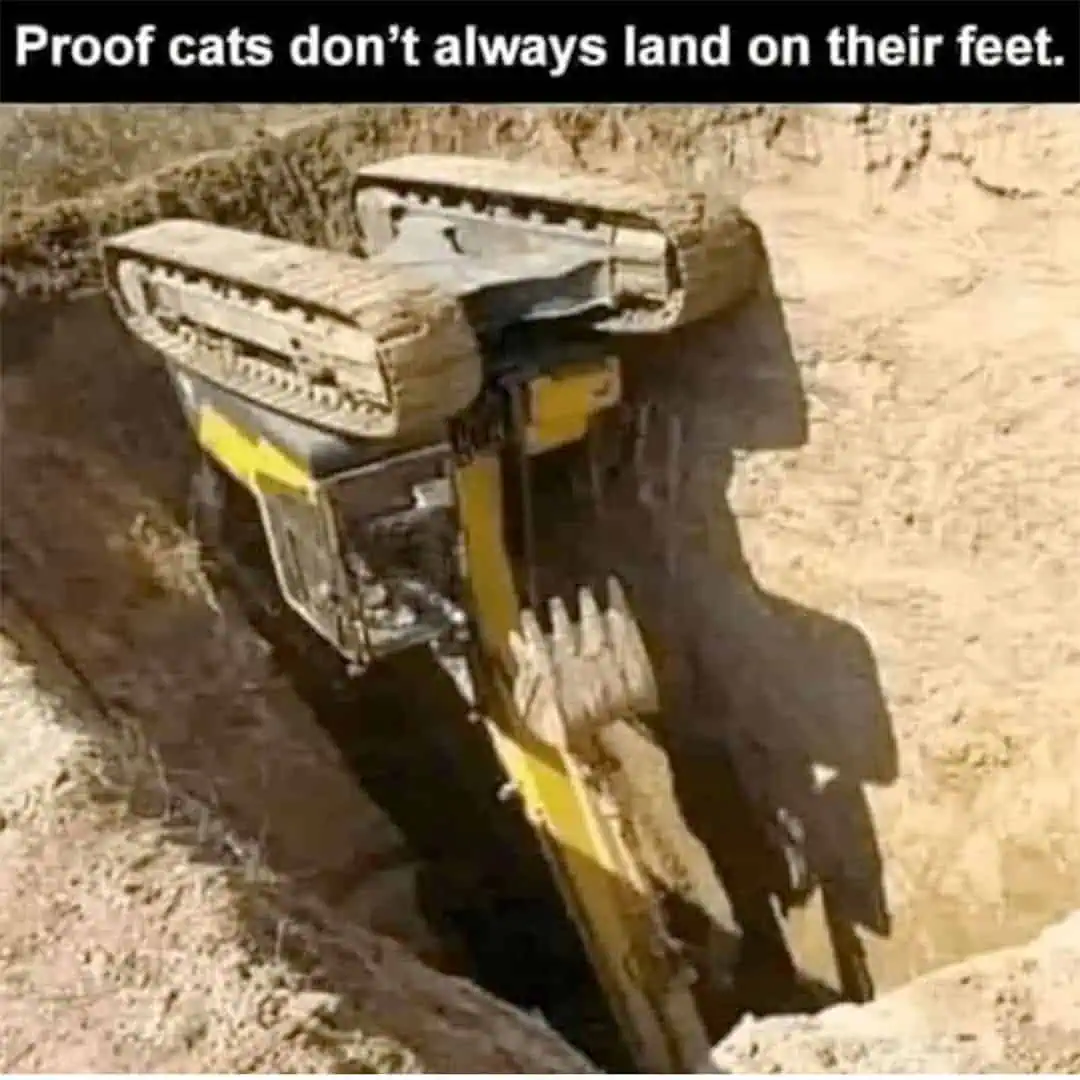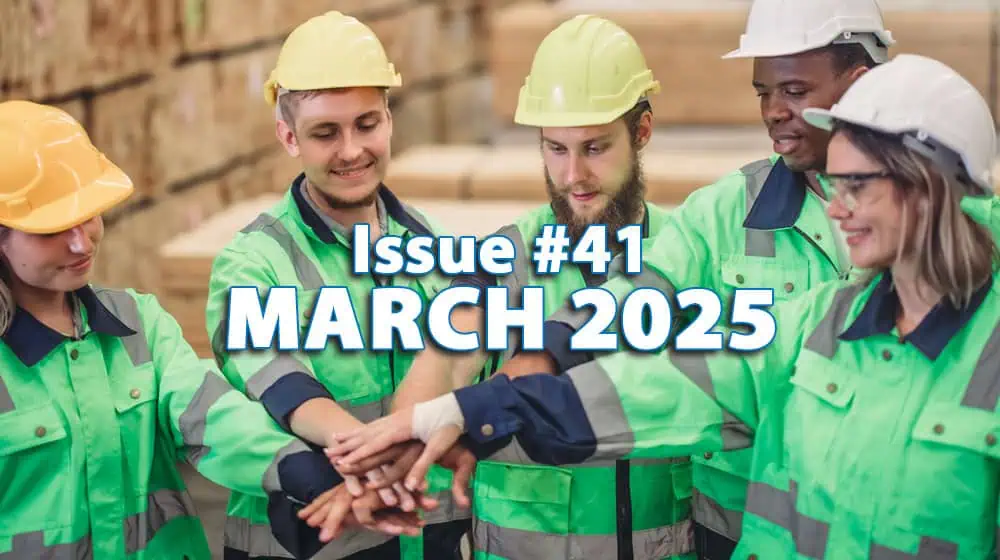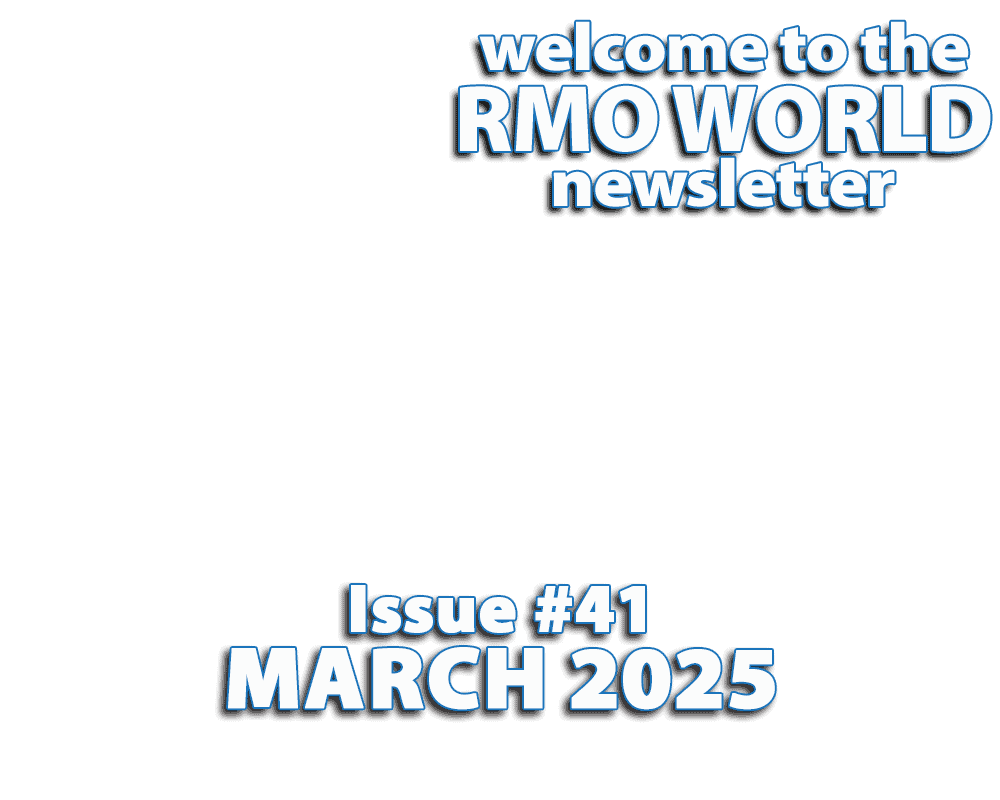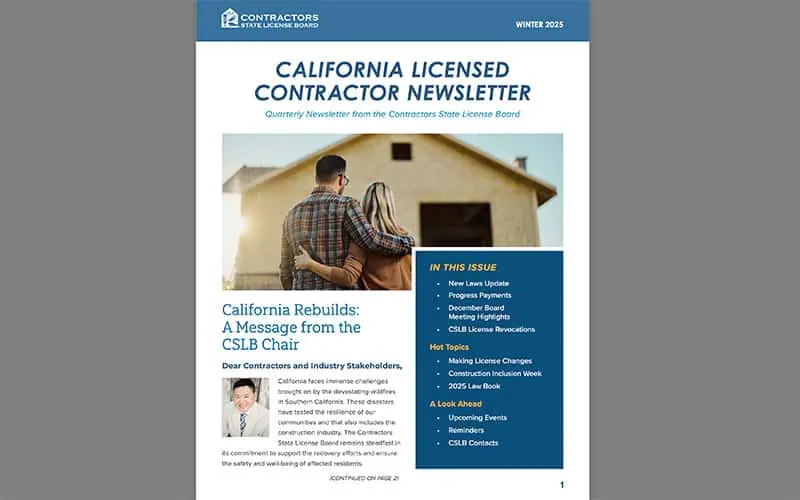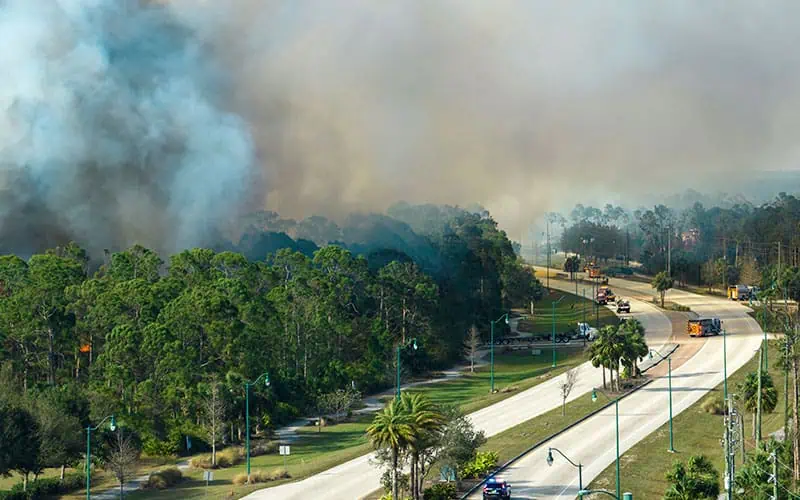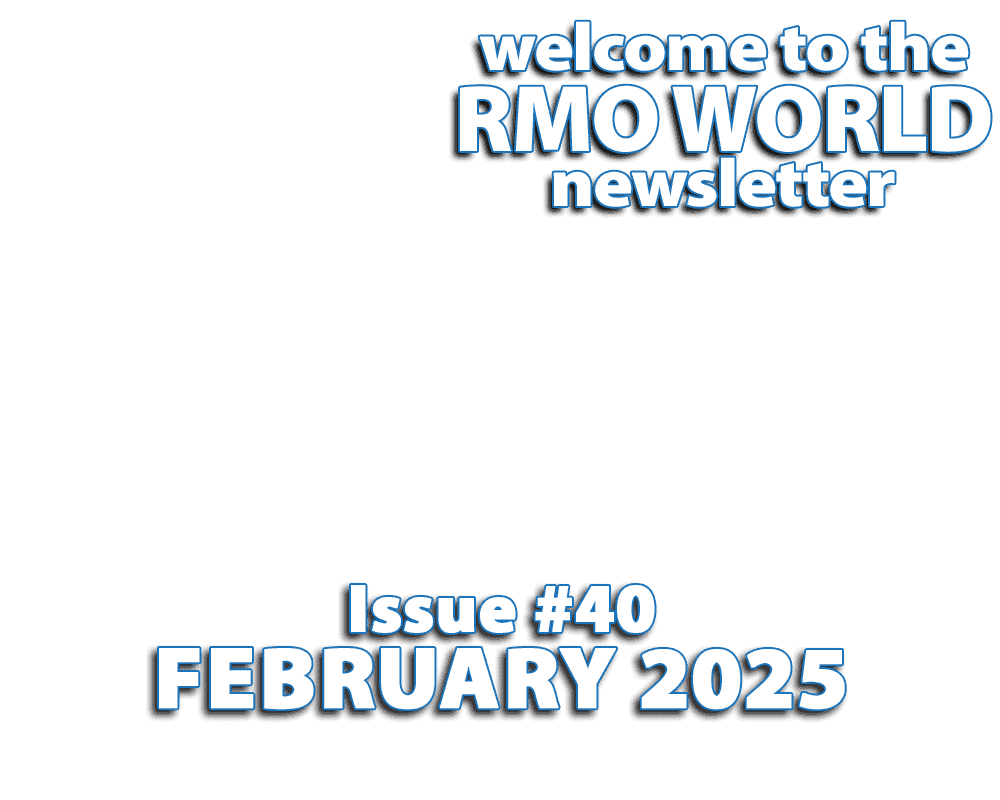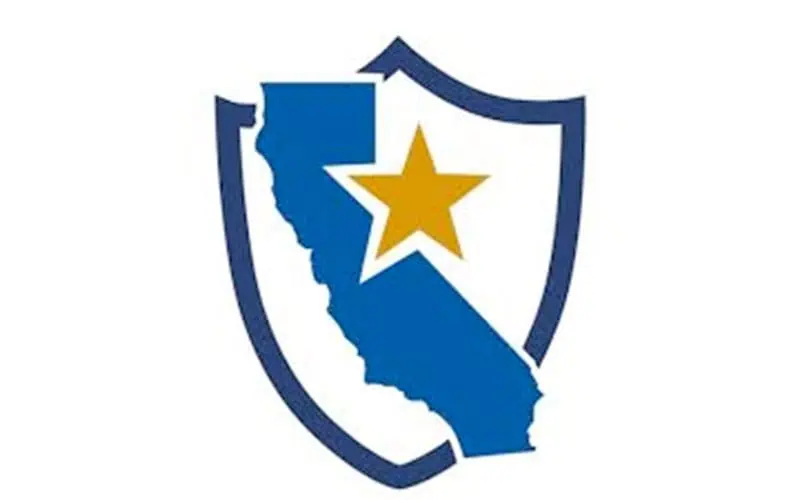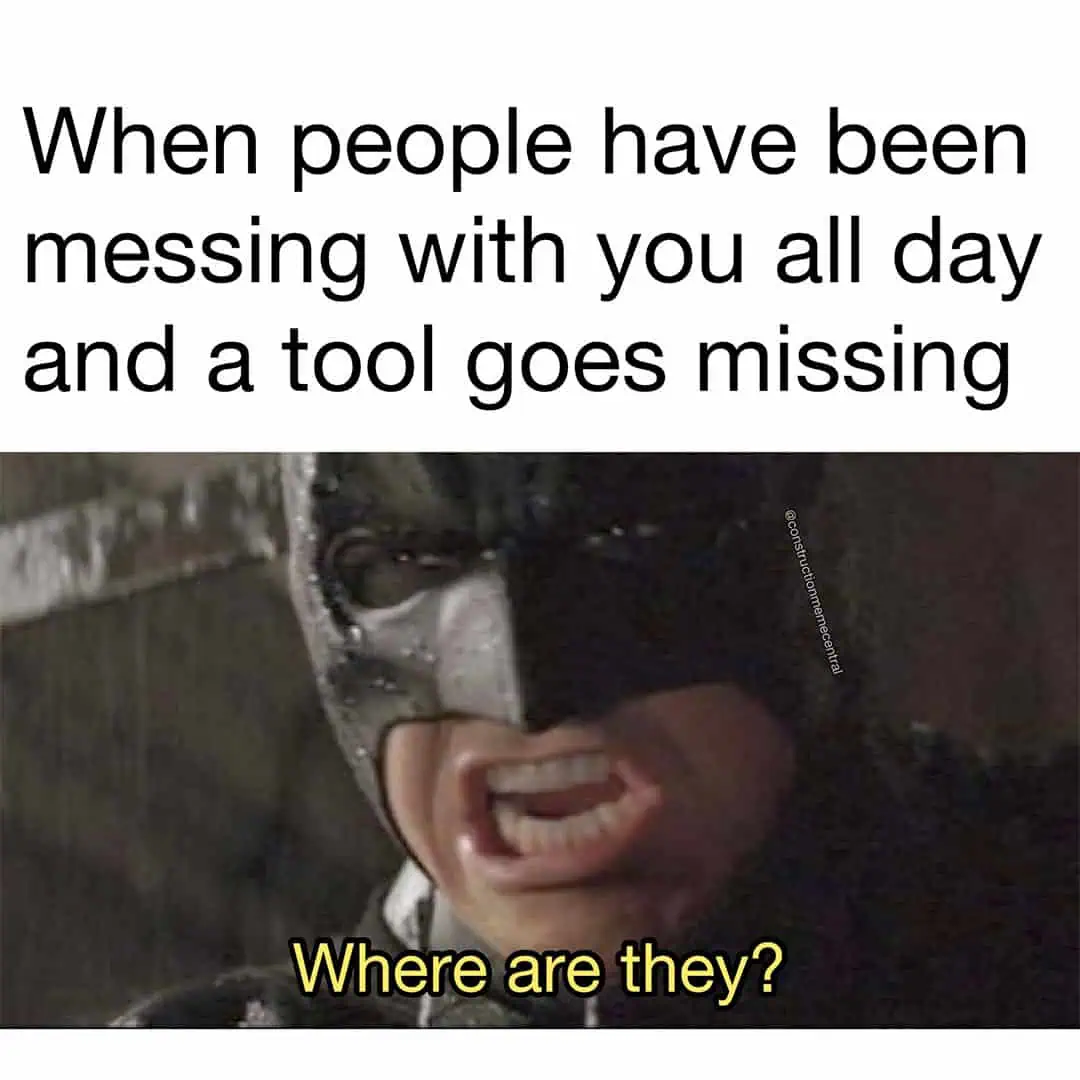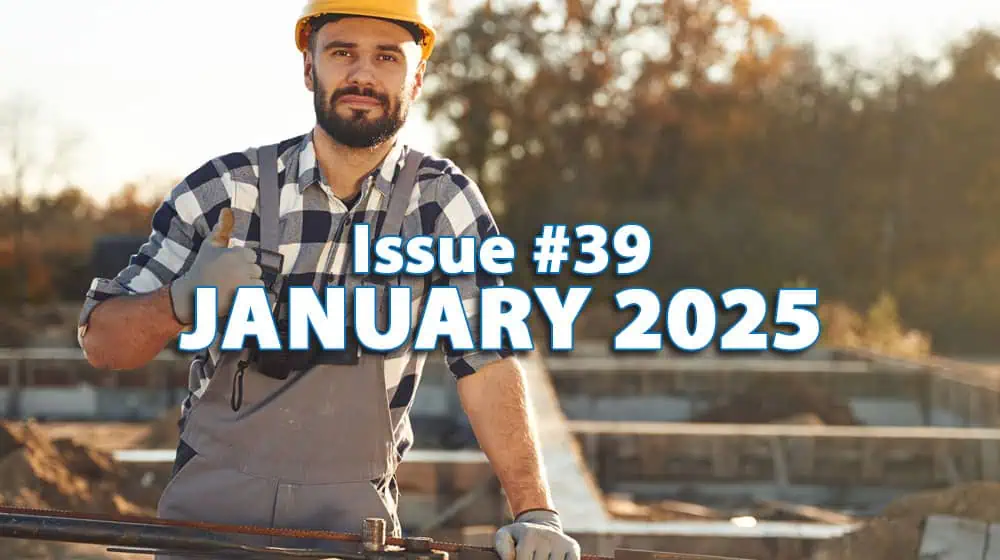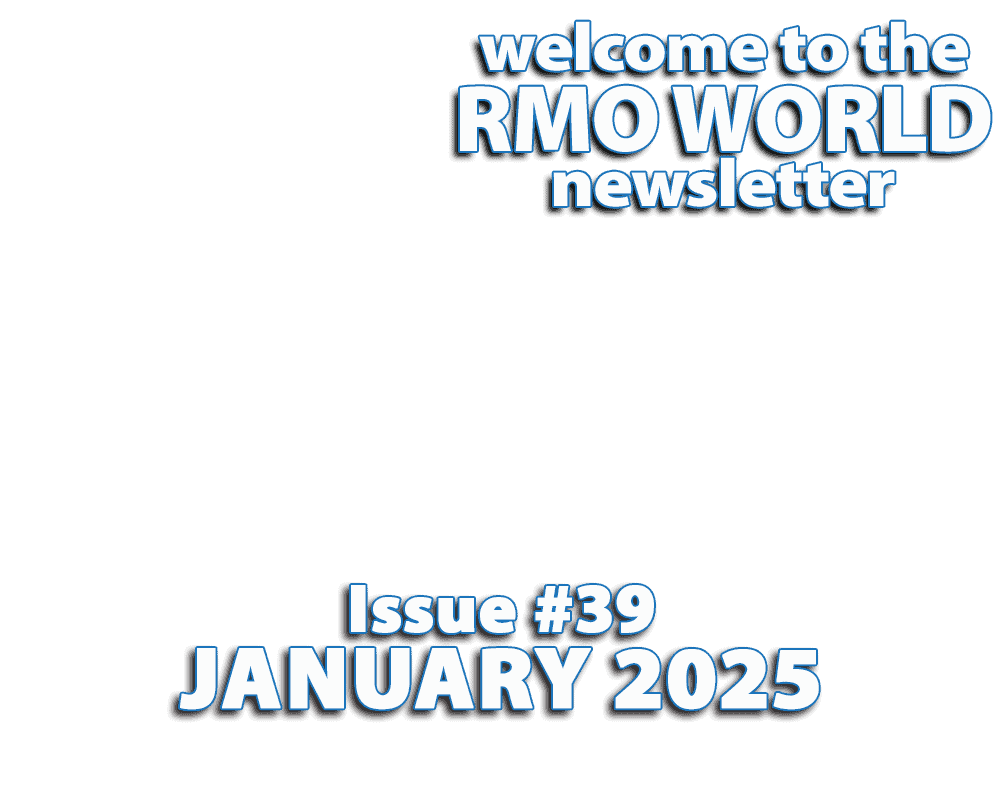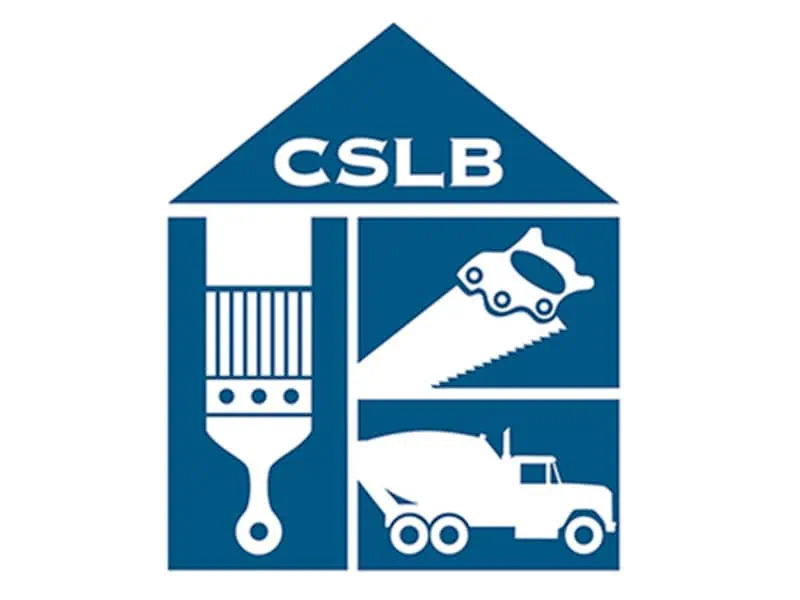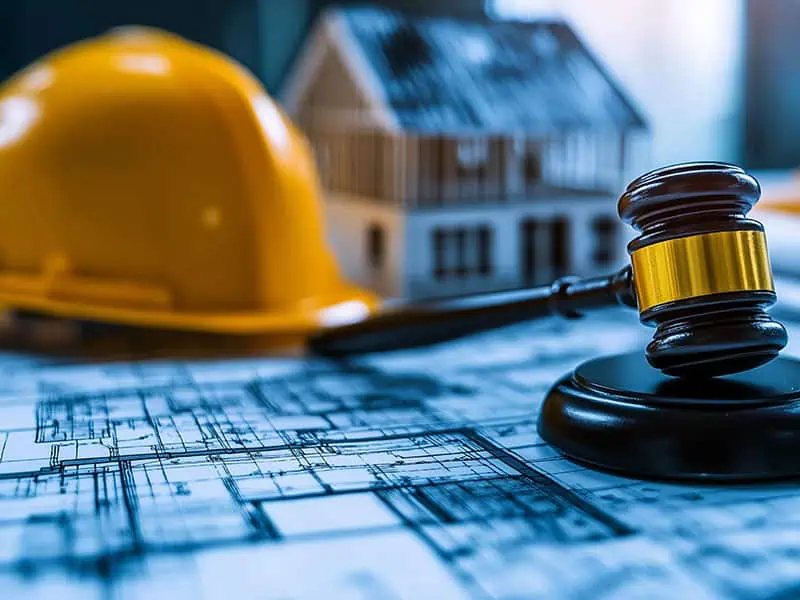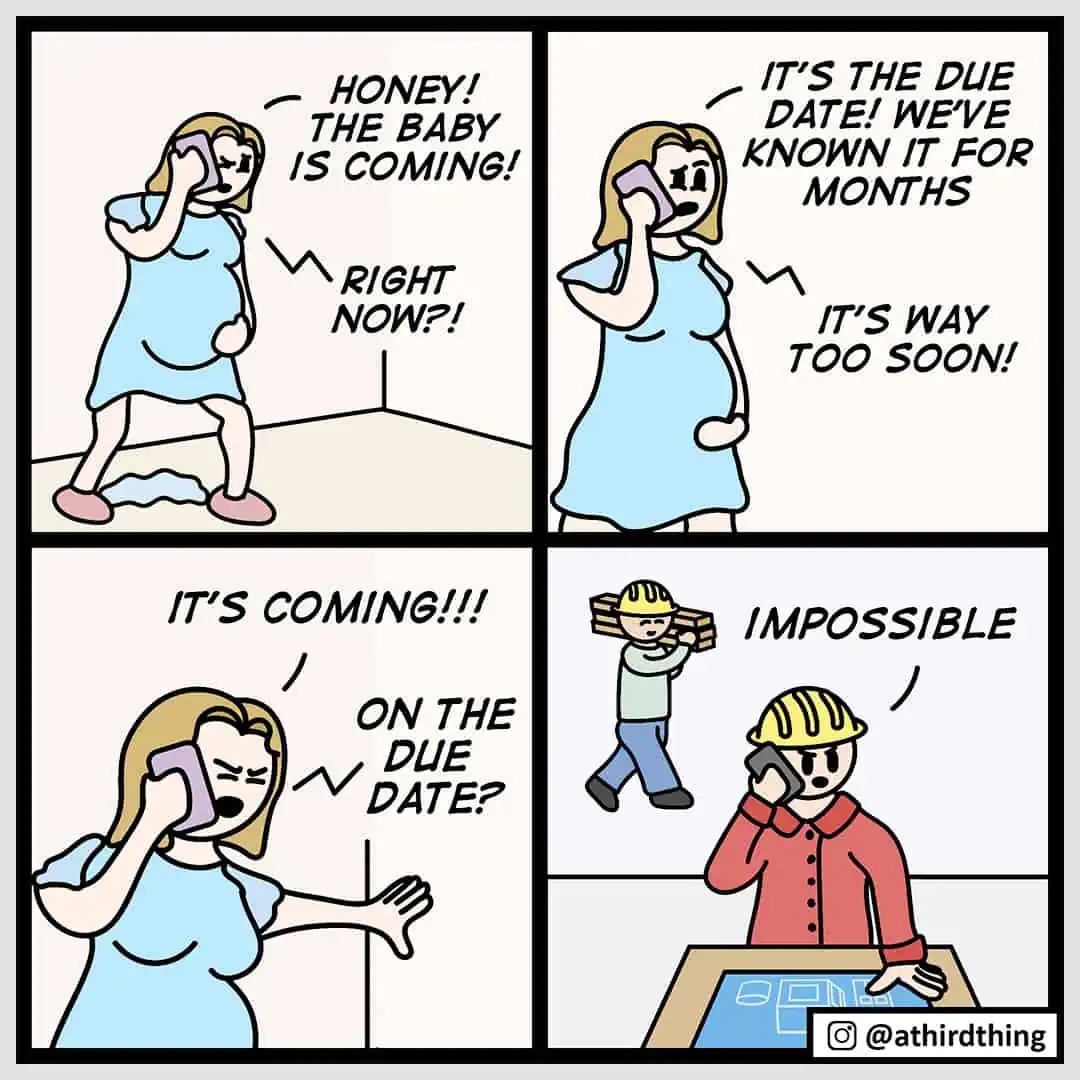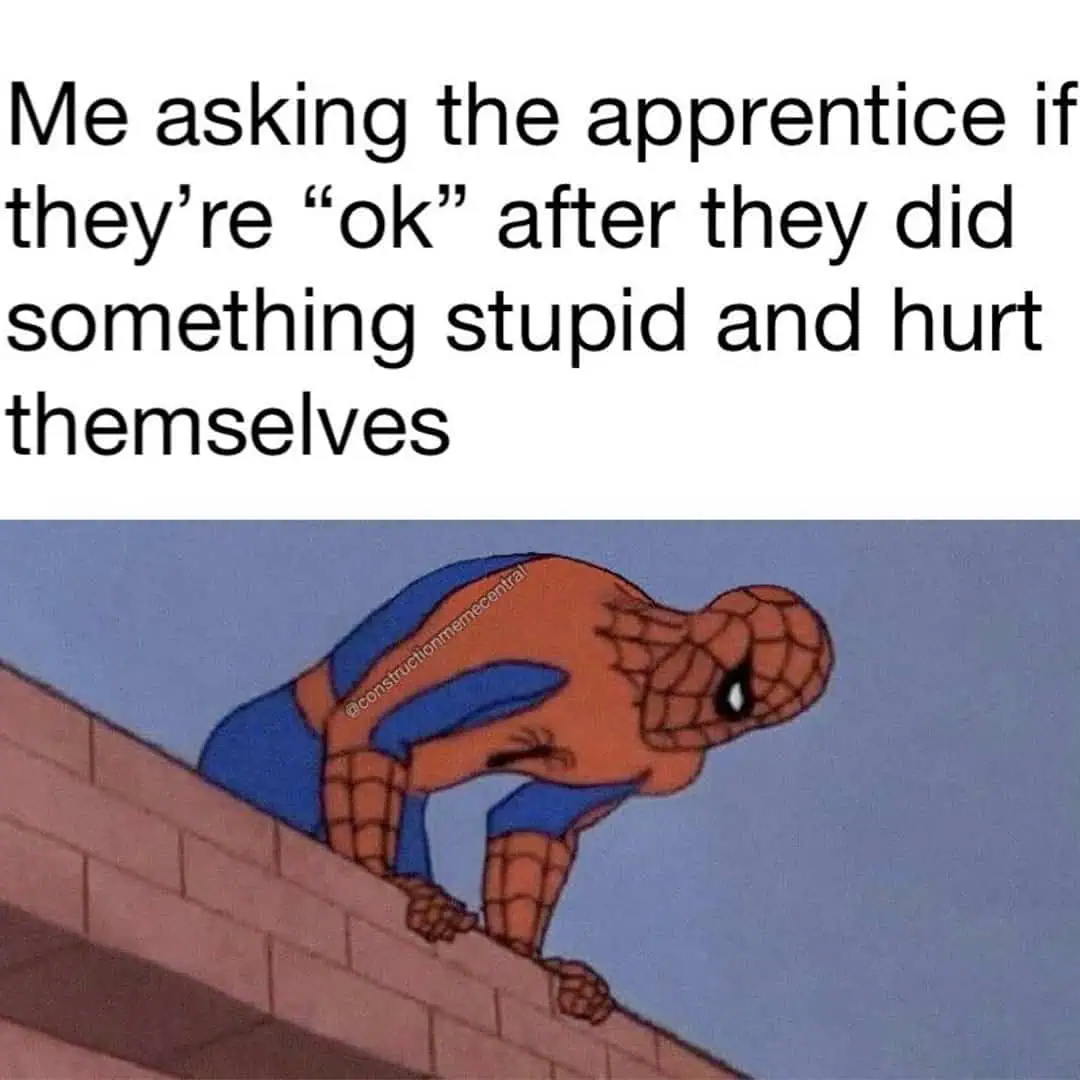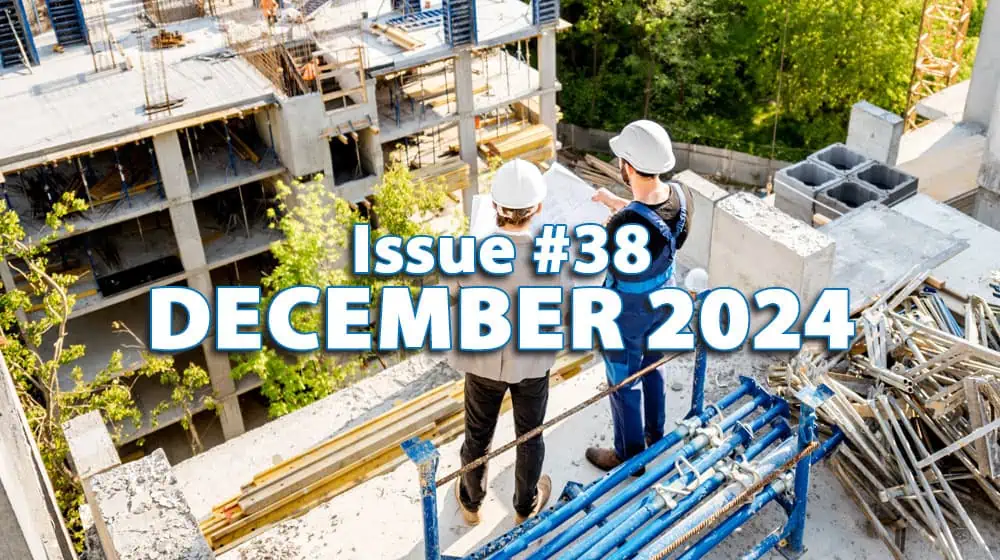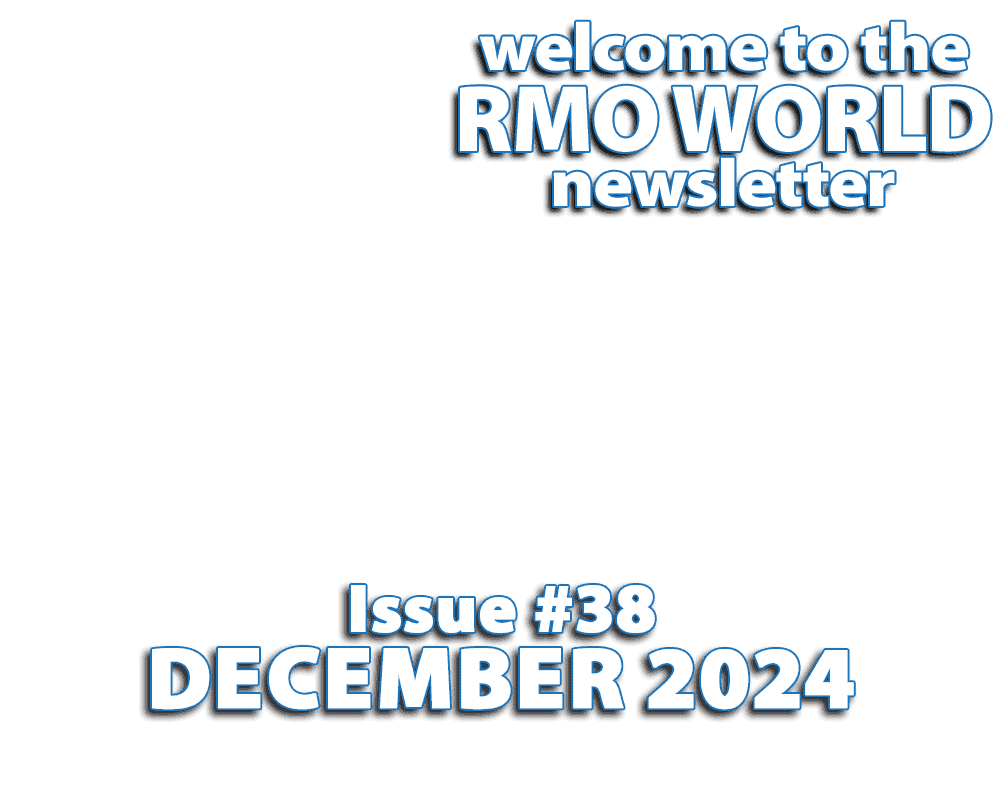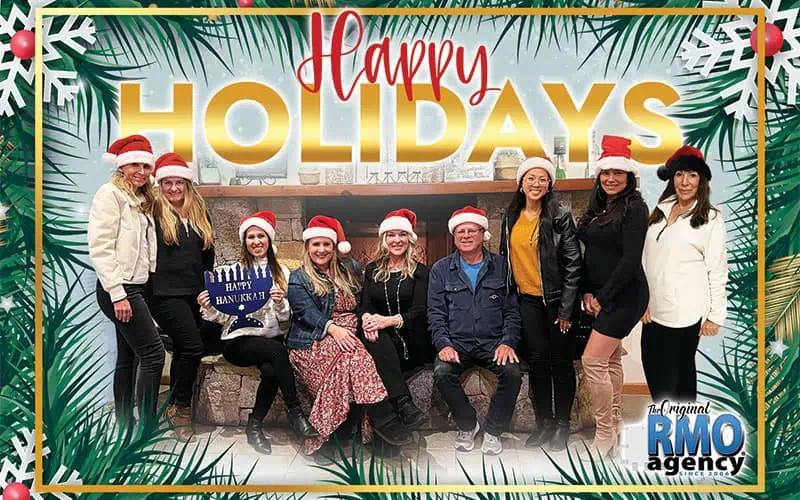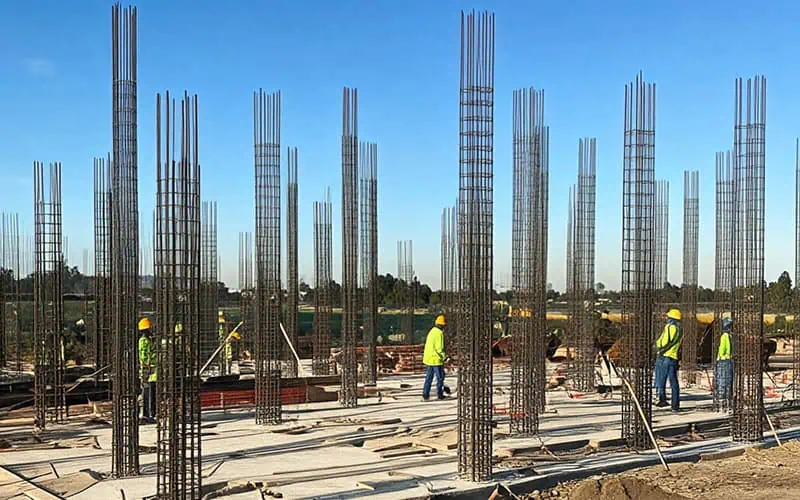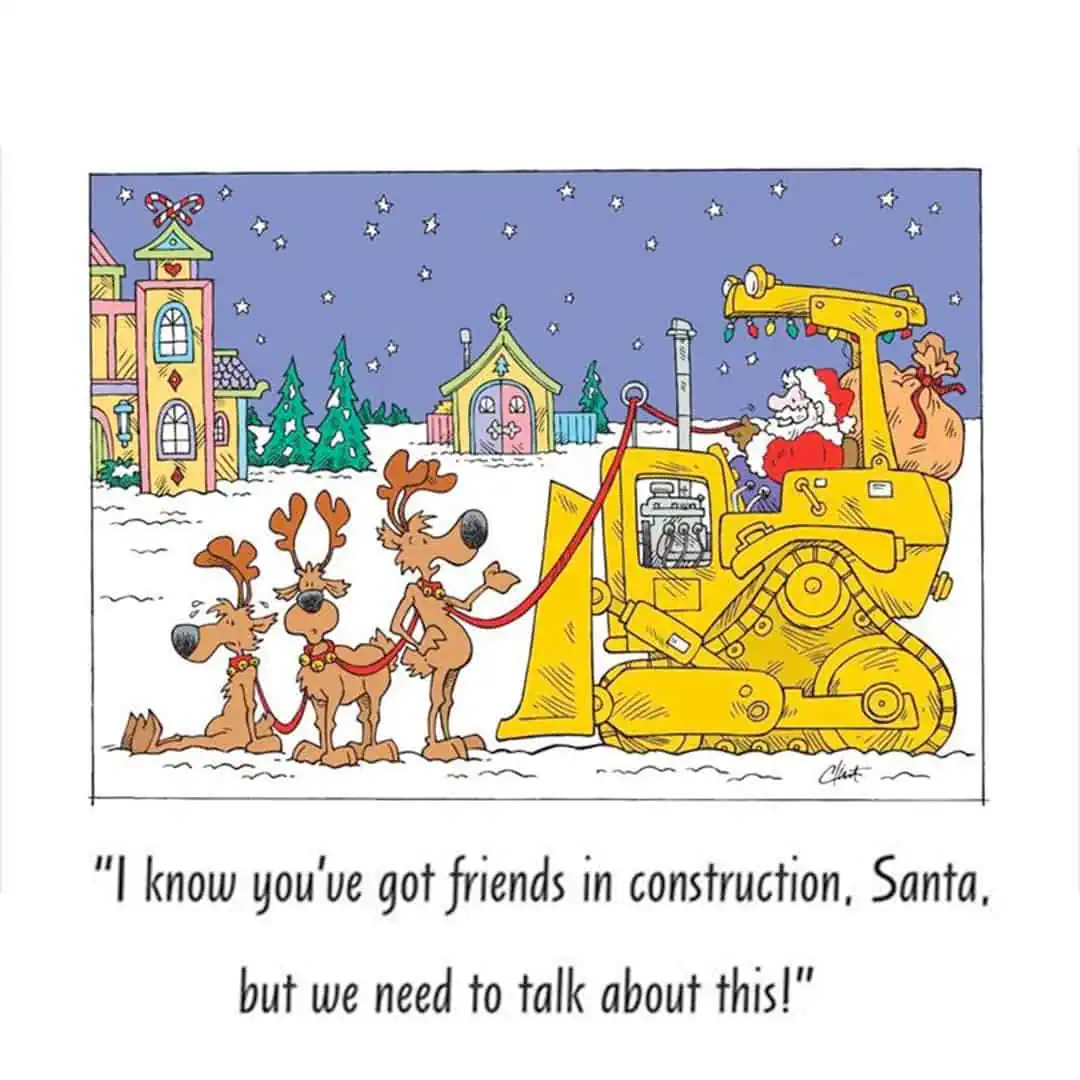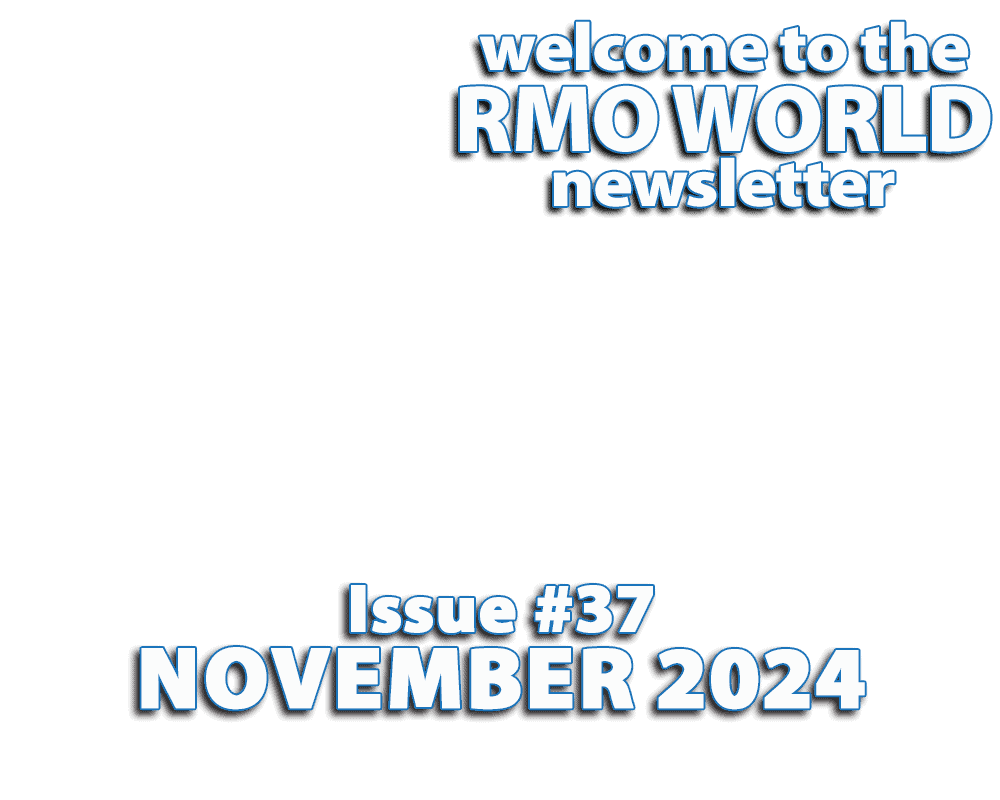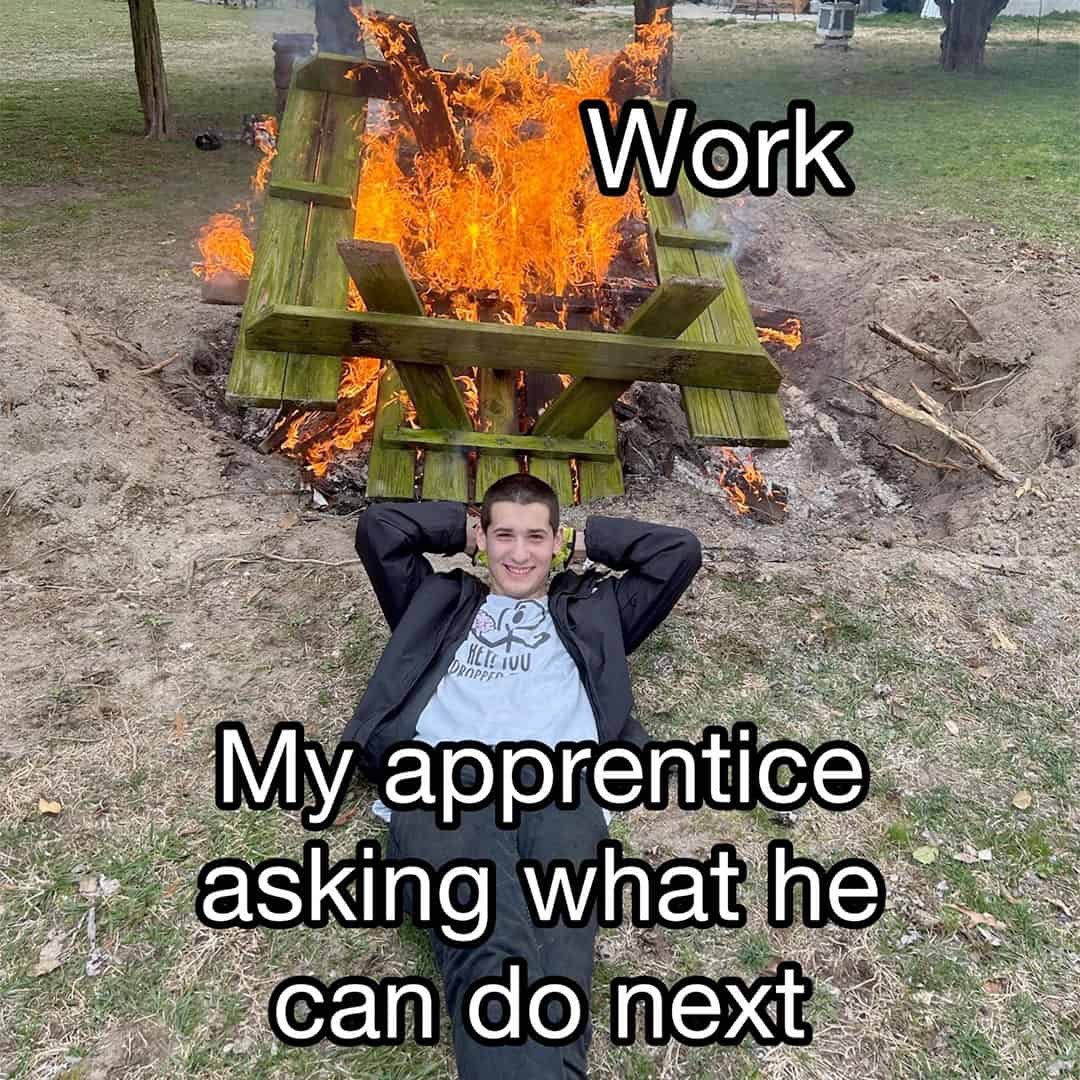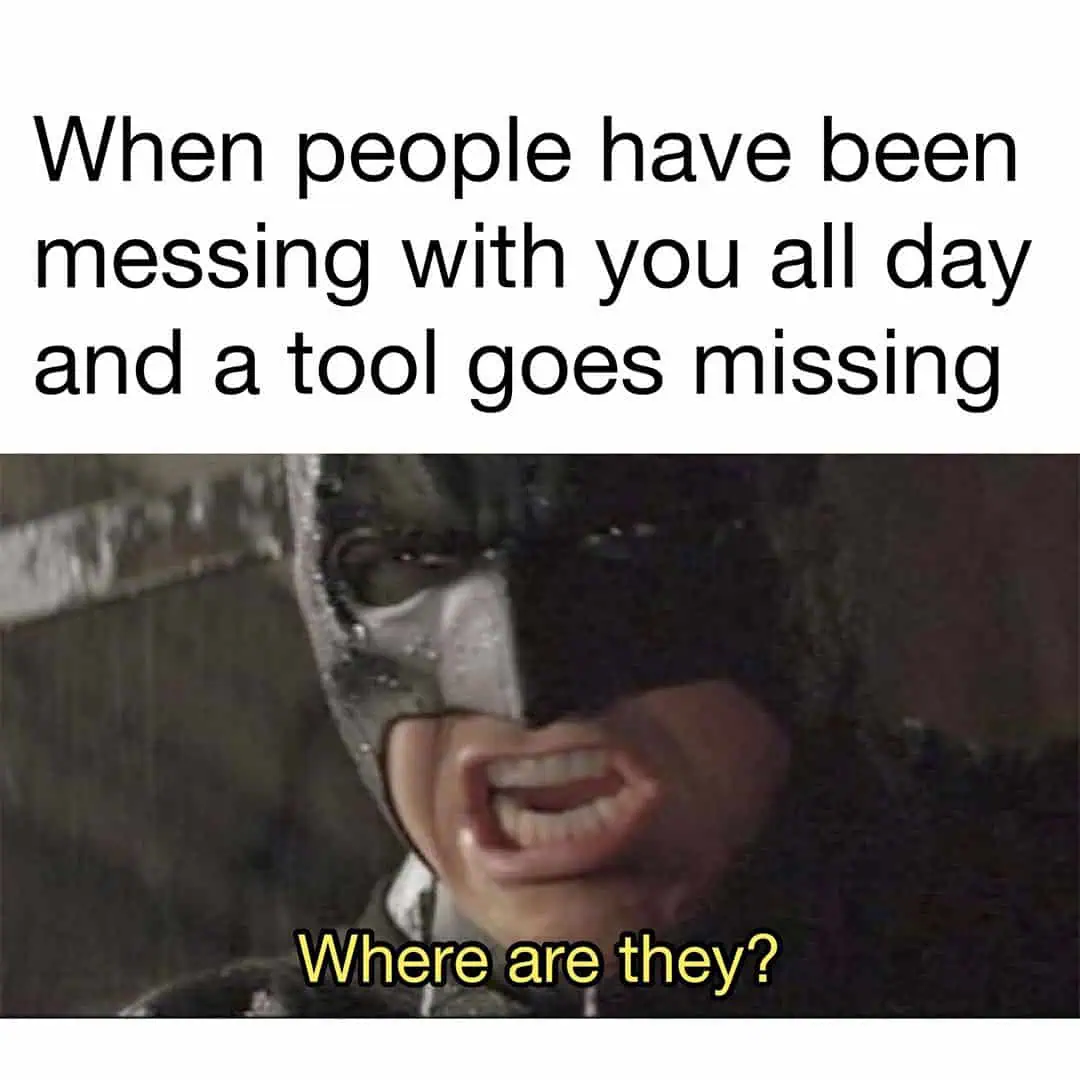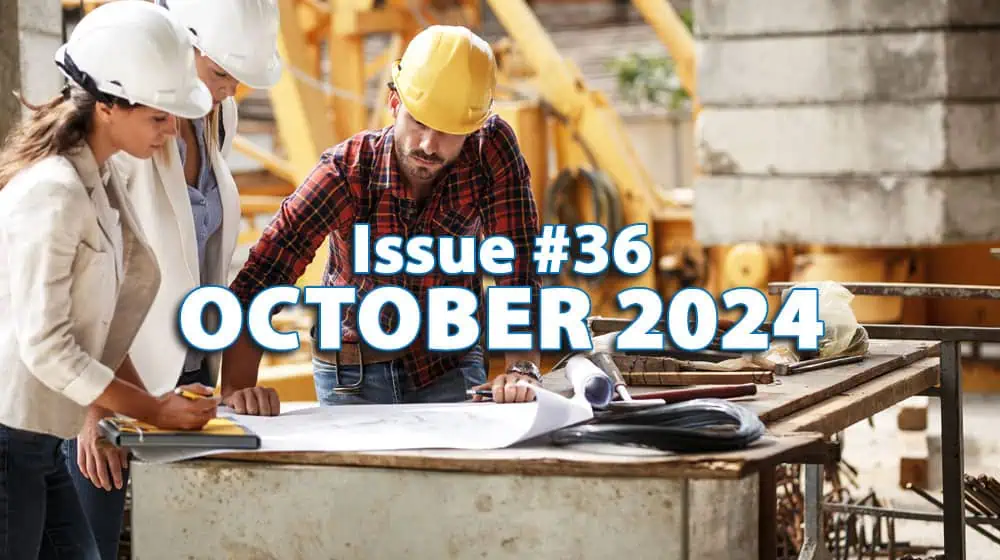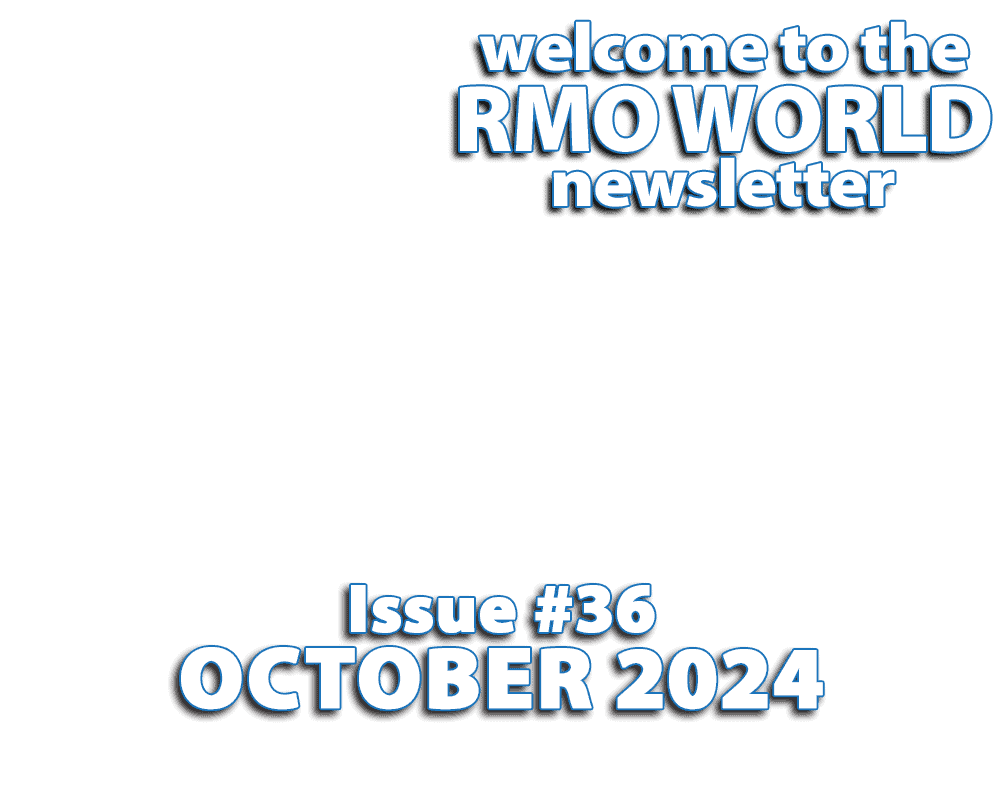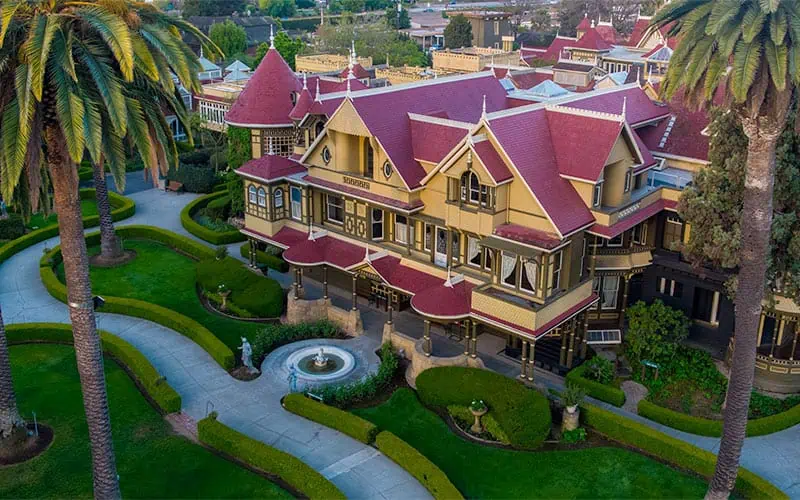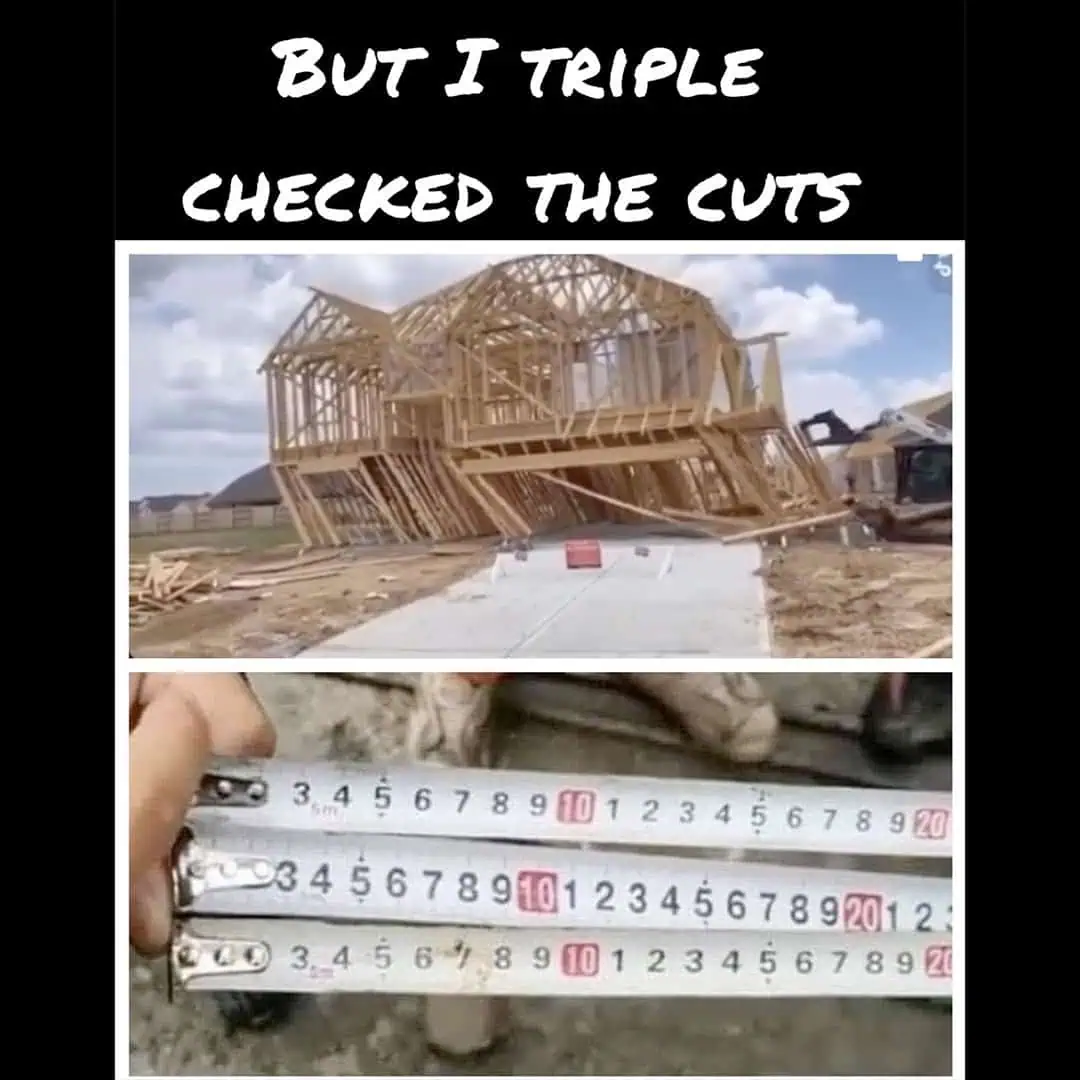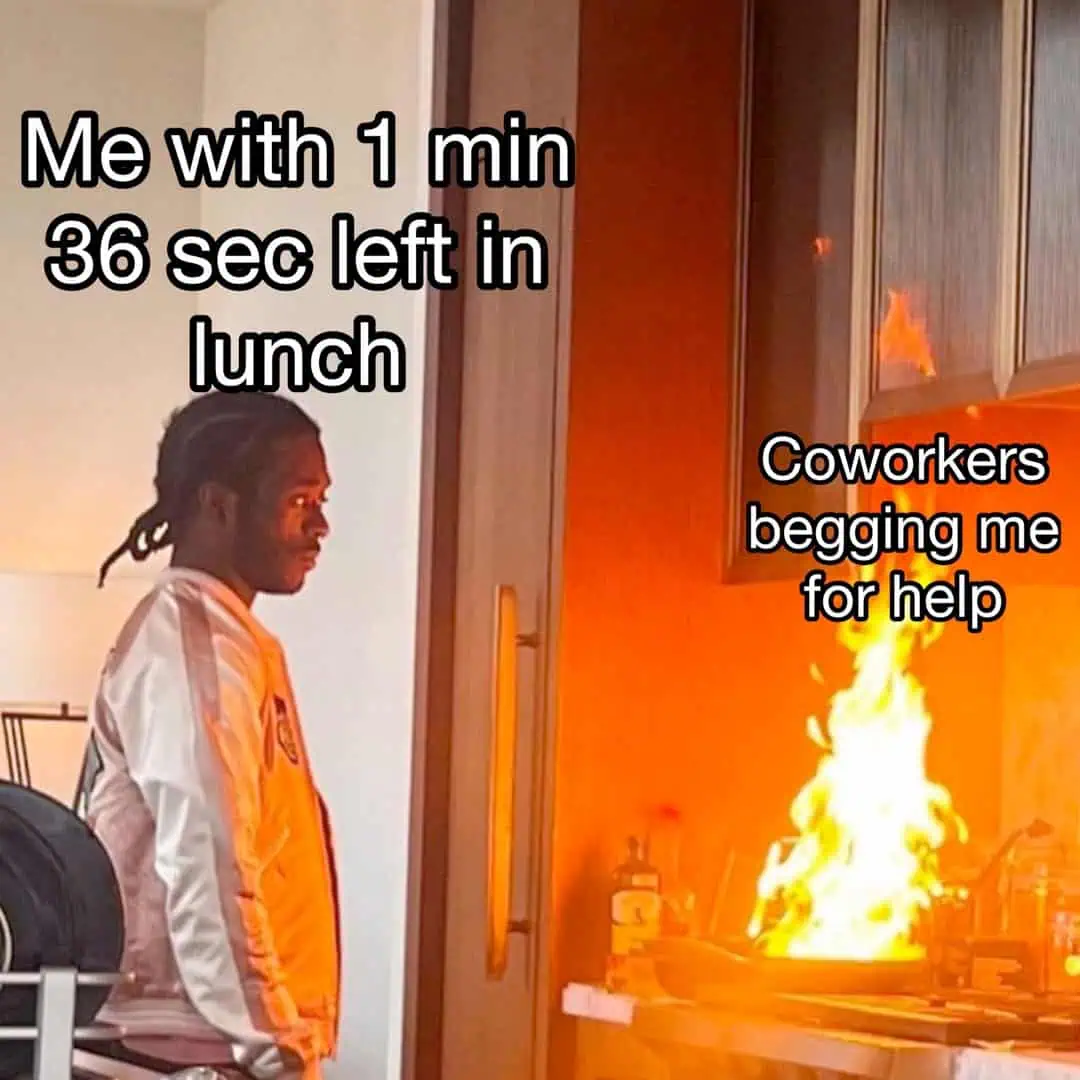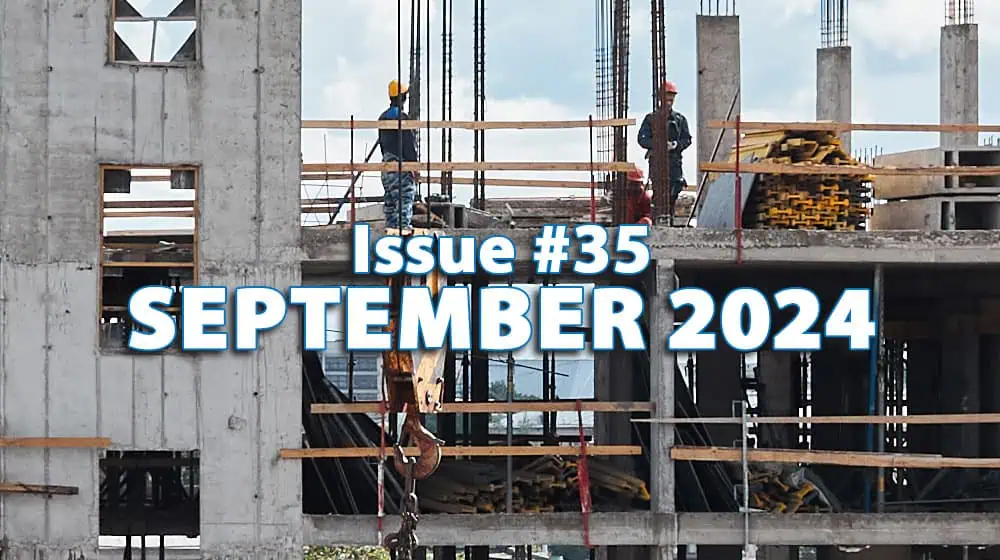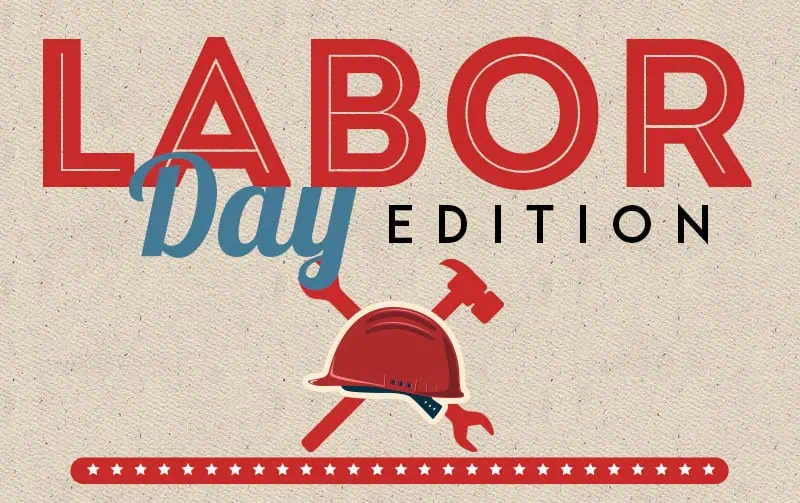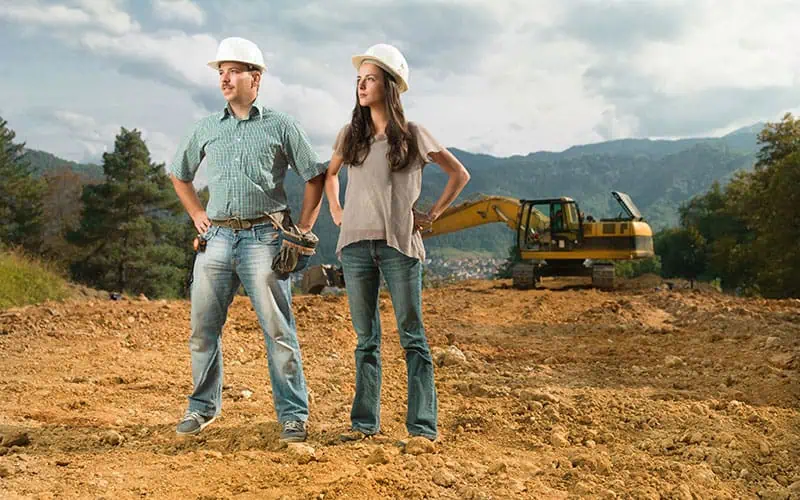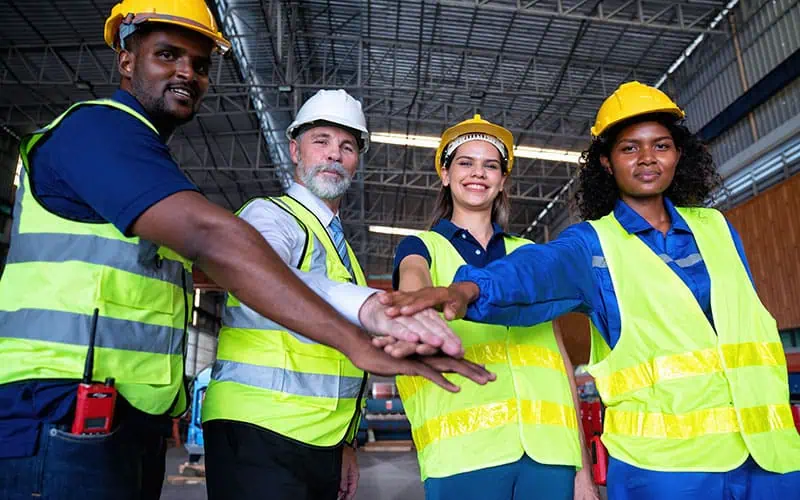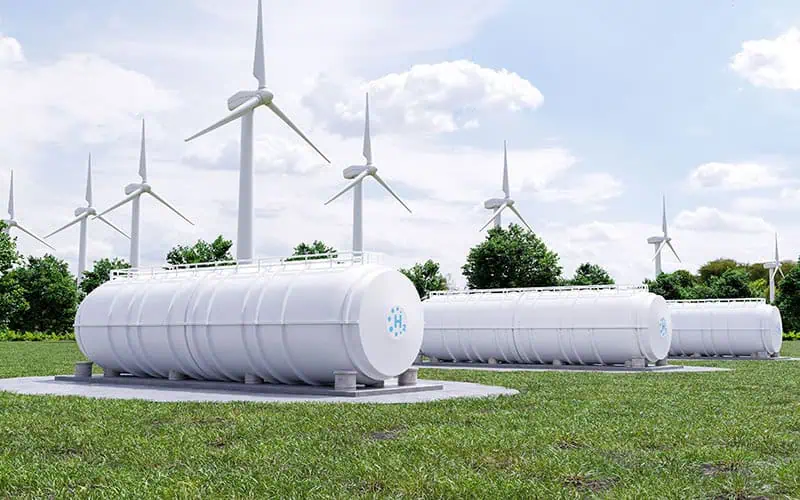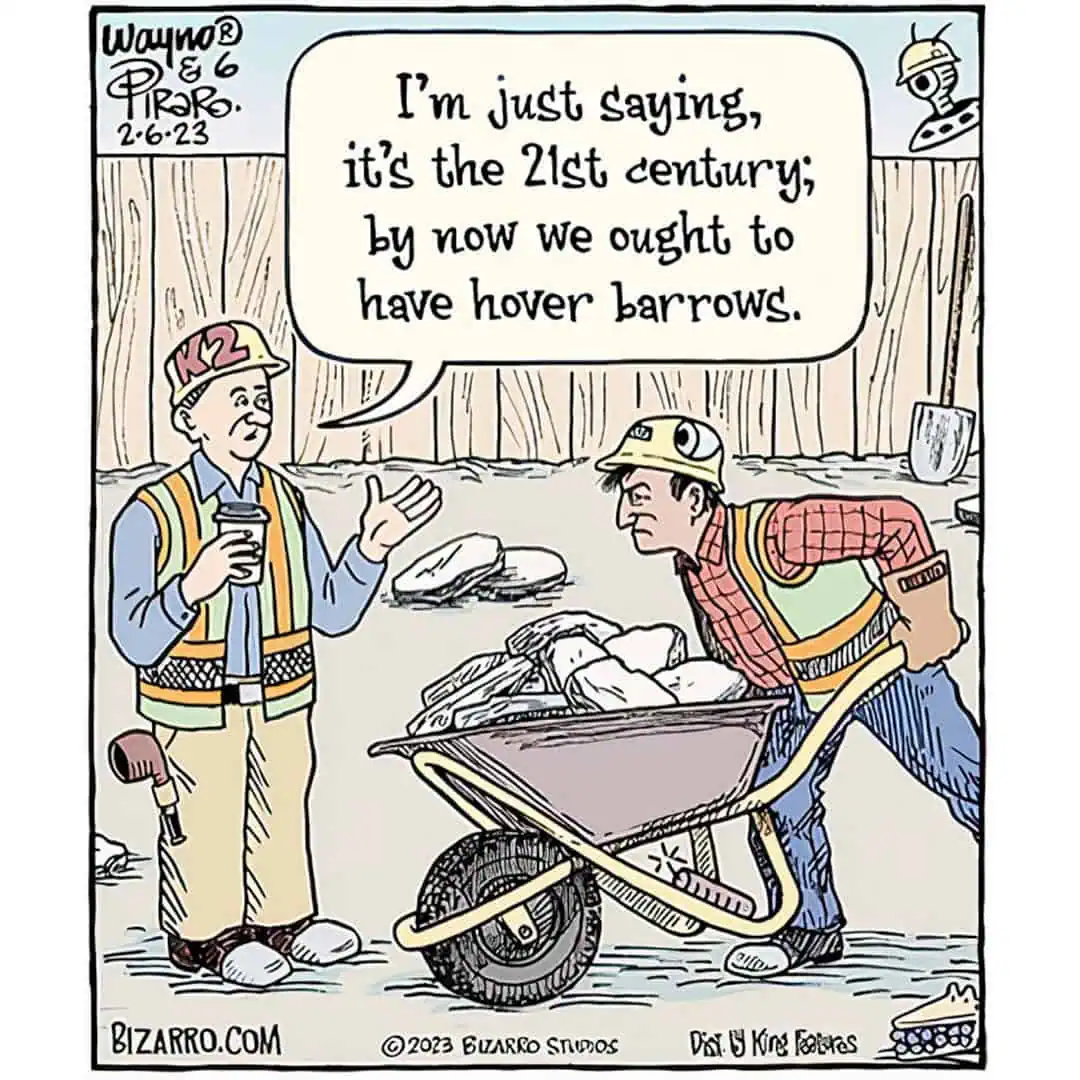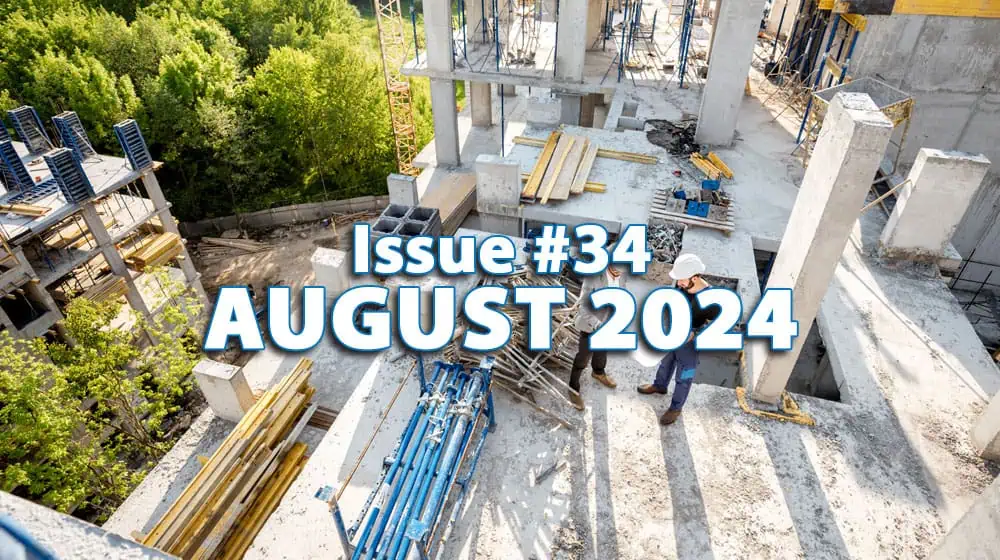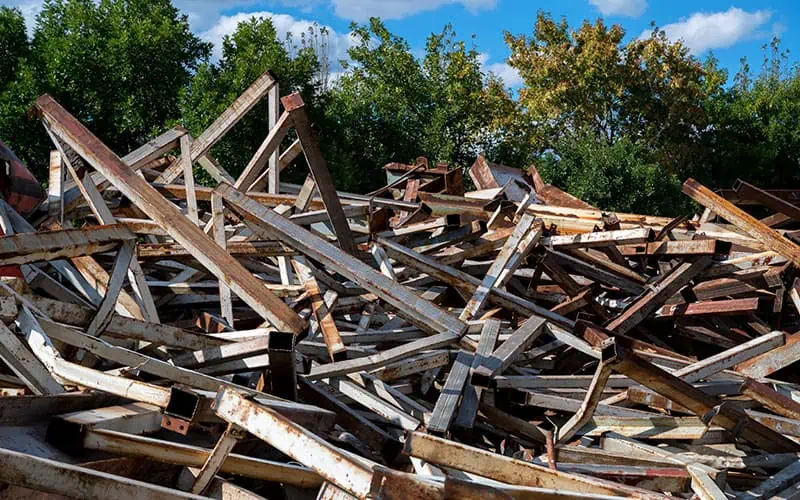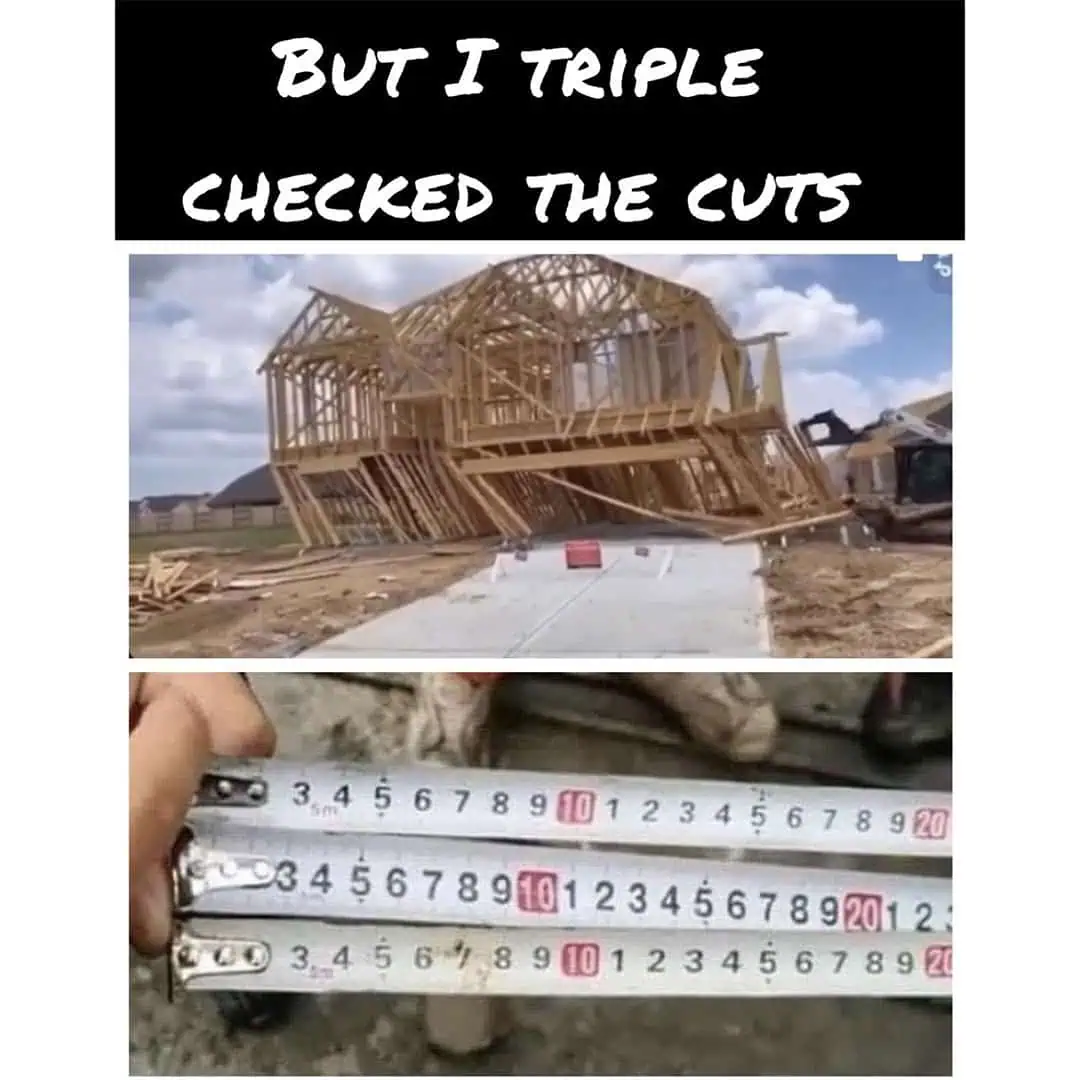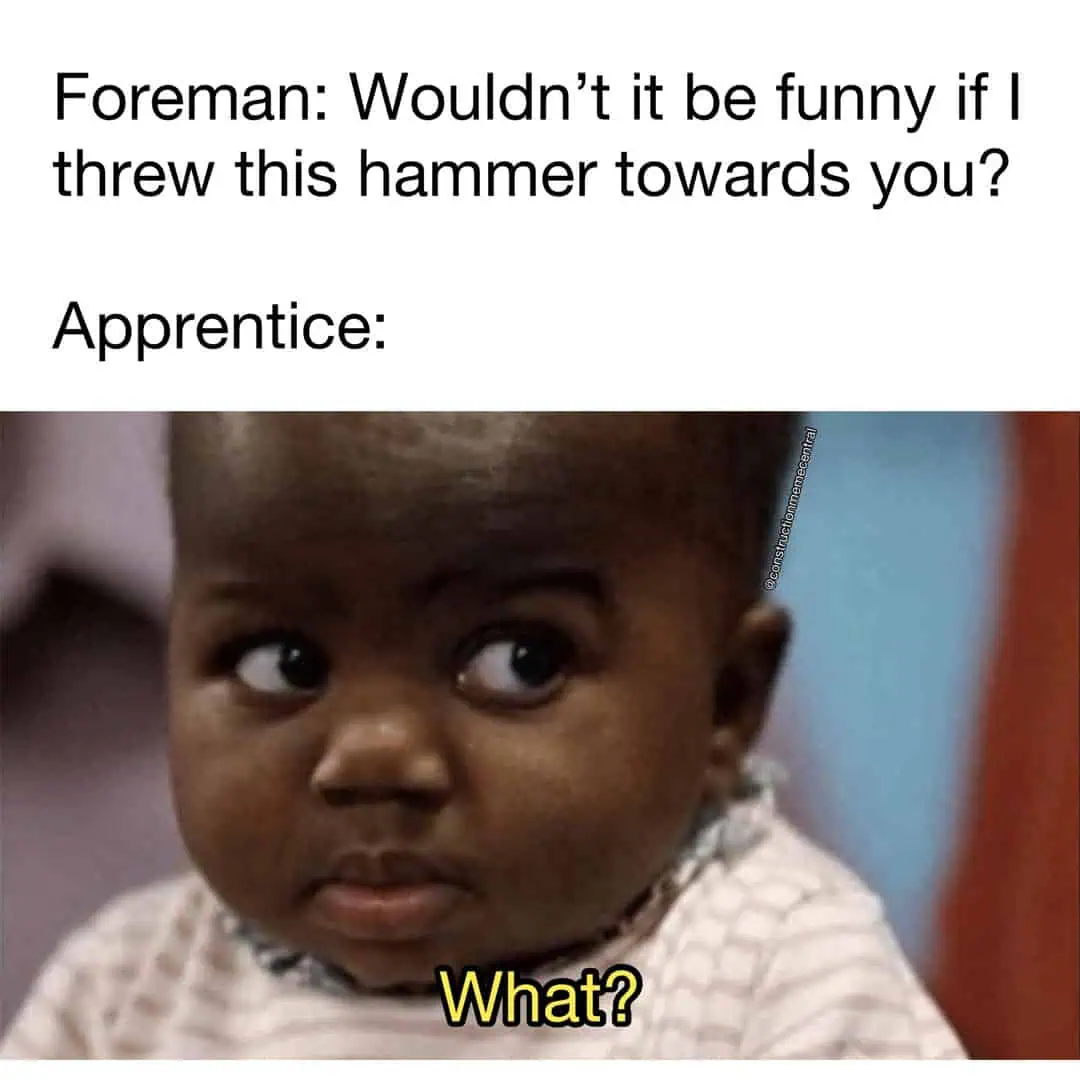RMO World – Issue 43: May 2025
https://rmoagency.com/wp-content/uploads/2025/05/05-may-25-newsletter-feat-image.jpg 1000 560 info info https://secure.gravatar.com/avatar/d73548c66bc68b56115d6d4c8c98bda3037a0c199d20df547f3557a23533e105?s=96&d=mm&r=g
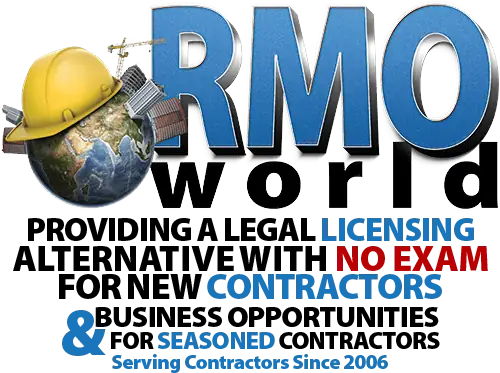

Featured in this edition:
- Veterans In Construction
- LA Fire Debris Removal Information
- Payment Laws
- Refer A Friend & Get Paid
Veterans and Construction

For many veterans transitioning from military service, California’s construction industry offers a promising path forward—especially through the RMO (Responsible Managing Officer) program we offer at RMO Agency. Our program allow veterans to leverage their leadership experience and technical skills to become licensed contractors and oversee construction projects across the state.
Veterans often leave the military with strong project management, discipline, and problem-solving abilities—qualities that translate well into the role of an RMO. There are pathways we can guide veterans on to become RMOs through mentorship expedited licensing processes.
RMO partnerships are also a viable business model: veterans can partner with an established company as its RMO, gaining hands-on experience and a share in project oversight. We offer guidance to help veterans navigate this route and ensure compliance with state regulations.
With California’s growing demand for skilled contractors and a supportive framework for veteran advancement, RMO opportunities present a powerful next step. For those who want to lead, build, and make an impact, construction—especially through RMO roles—can be a meaningful post-military career path and we can help.
Los Angeles County Wildfires Debris Removal Information

What Type of Contractor License(s) is Required for Debris Removal?
Los Angeles County debris removal permits are currently only issued to licensed contractors holding the CSLB Hazardous Substance Removal Certification, and one of the following license classification(s):
- A General Engineering Contractor
- B General Building Contractor
- C-12 Earthwork and Paving and C-21 Building Moving / Demolition
IMPORTANT: The contractor’s employees performing the work must have current 40-hour HAZWOPER (Hazardous Waste Operations and Emergency Response) training.
IMPORTANT: If the debris removal site is a personal residence, the contractor must provide a home improvement contract. This means:
- The down payment cannot exceed $1,000.
- Any additional payments must specifically reference the amount of work or services to be performed and materials and equipment to be supplied and cannot exceed the value of work performed.
- Do not bill for services not provided or materials not delivered.
Payment Laws

Except for a limited down payment, contractors are prohibited from collecting payment for work not yet completed or materials not yet delivered. This requirement applies to all home improvement projects, including accessory dwelling units (ADUs) and rebuilding or reconstruction in declared disaster areas.
DOWN PAYMENTS
Under California law, a contractor may request a down payment, but it must not exceed $1,000 or 10% of the contract price, whichever is less.
PROGRESS PAYMENTS
Contractors may request progress payments instead of one total payment upon completion. It is important that all progress payments adhere to the following requirements:
Payments must be itemized in dollars and cents.
Payments must not exceed the value of work completed or materials delivered.
The payment schedule must detail the specific work, materials, or equipment tied to each payment request.
BEST PRACTICES FOR COMPLIANCE
Plans and Permits: Do not request or accept any payment for plans or permits that exceeds the cost of the plans or permit fees. If you are charging for plans, the plans must be available to the consumer.
Align Payments with Work Completed:
Before requesting a progress payment, ensure the work or materials associated with that payment have been provided. This helps avoid disputes and ensure compliance.
WHAT HAPPENS IF YOU DON’T FOLLOW THE RULES?
If you request or accept payments that exceed the value of completed work or delivered materials, the homeowner may file a complaint with CSLB. Contractors found in violation could face disciplinary action and/or criminal prosecution. (Business and Professions Code 7159.5.)
By following the law, you can protect your business, maintain good standing with CSLB, and build trust with consumers.
Know someone who needs a license or wants to become an RMO?
Earn $250 cash or $500 credit off your monthly RMO service for each referral that signs up with RMO Agency.
Click the link to refer your friends to our program.
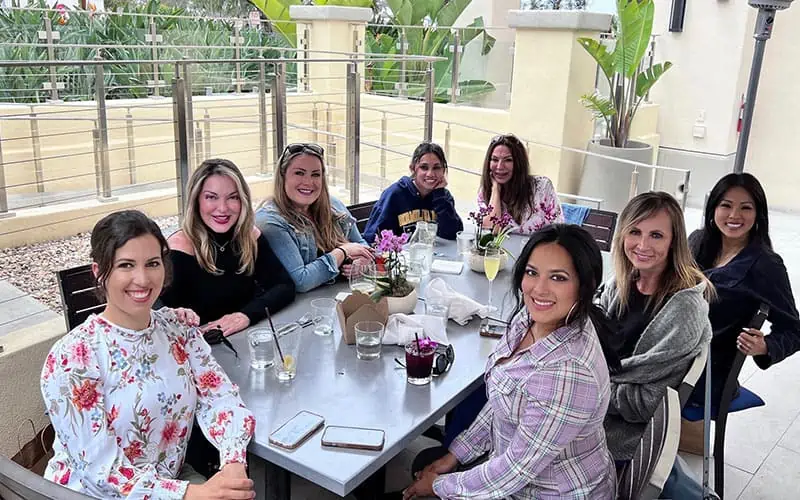
Your Satisfaction Is Our Success!
Please contact us with any questions at:
Email hello@rmoagency.com
Call 800-818-4962.
Reviews
Lunch!
We hosted a luncheon with some of our contractors and their RMOs. We are proud of the relationships created and businesses formed through our program. Communication is key and we have learned a lot about their business and communication practices and cannot stress enough the importance of RMO involvement and supervision per CSLB regulations. And tt’s nice to get together and learn about each other, sharing information, networking and good things will come out of it.




